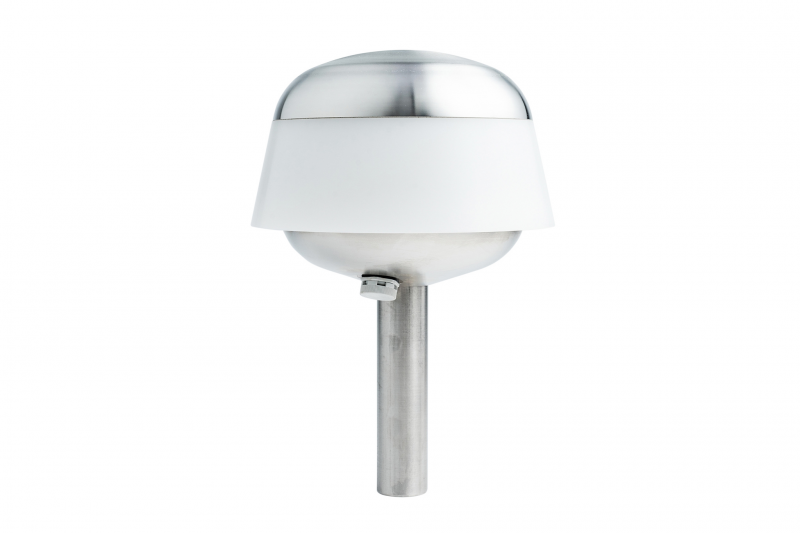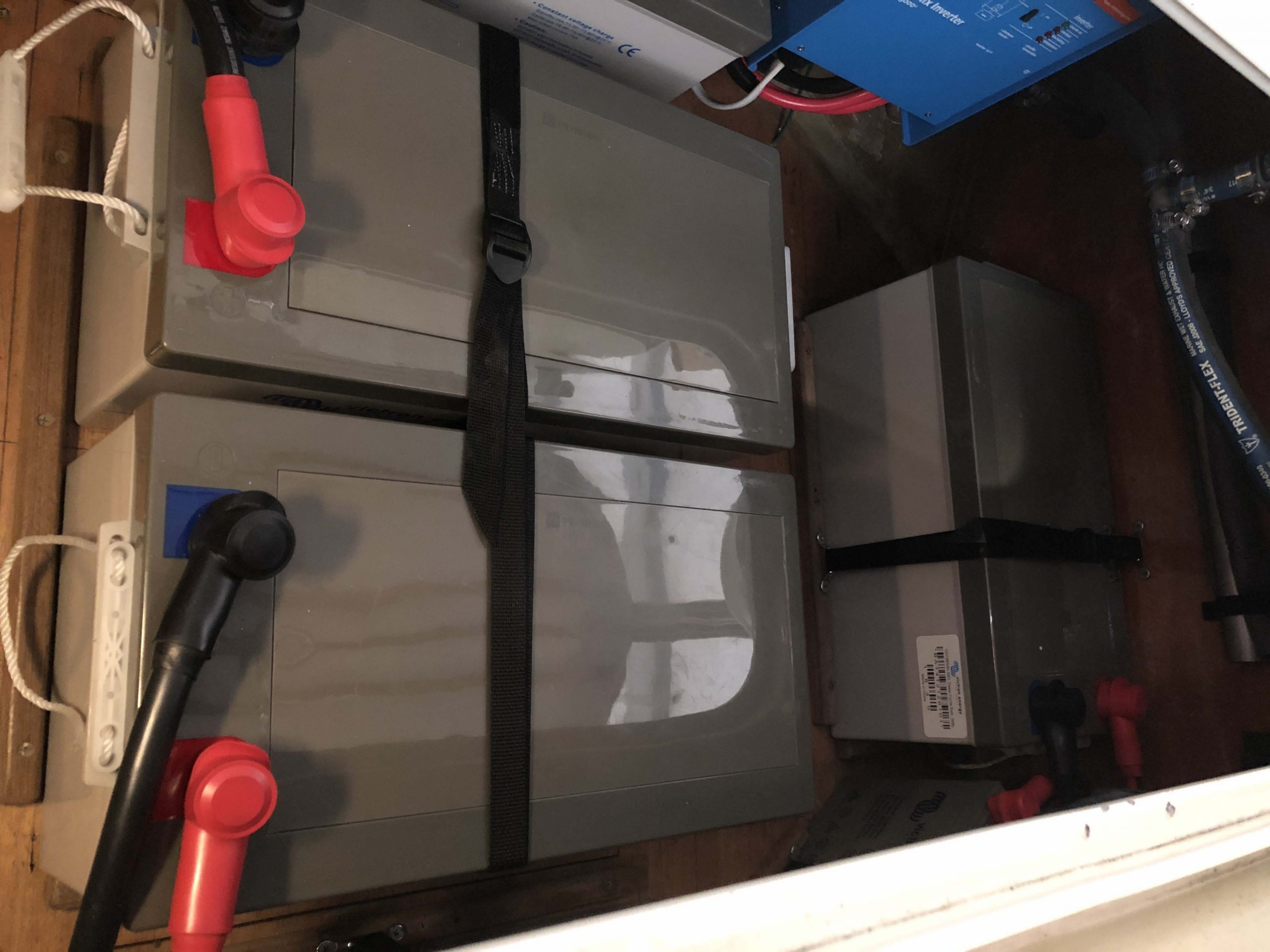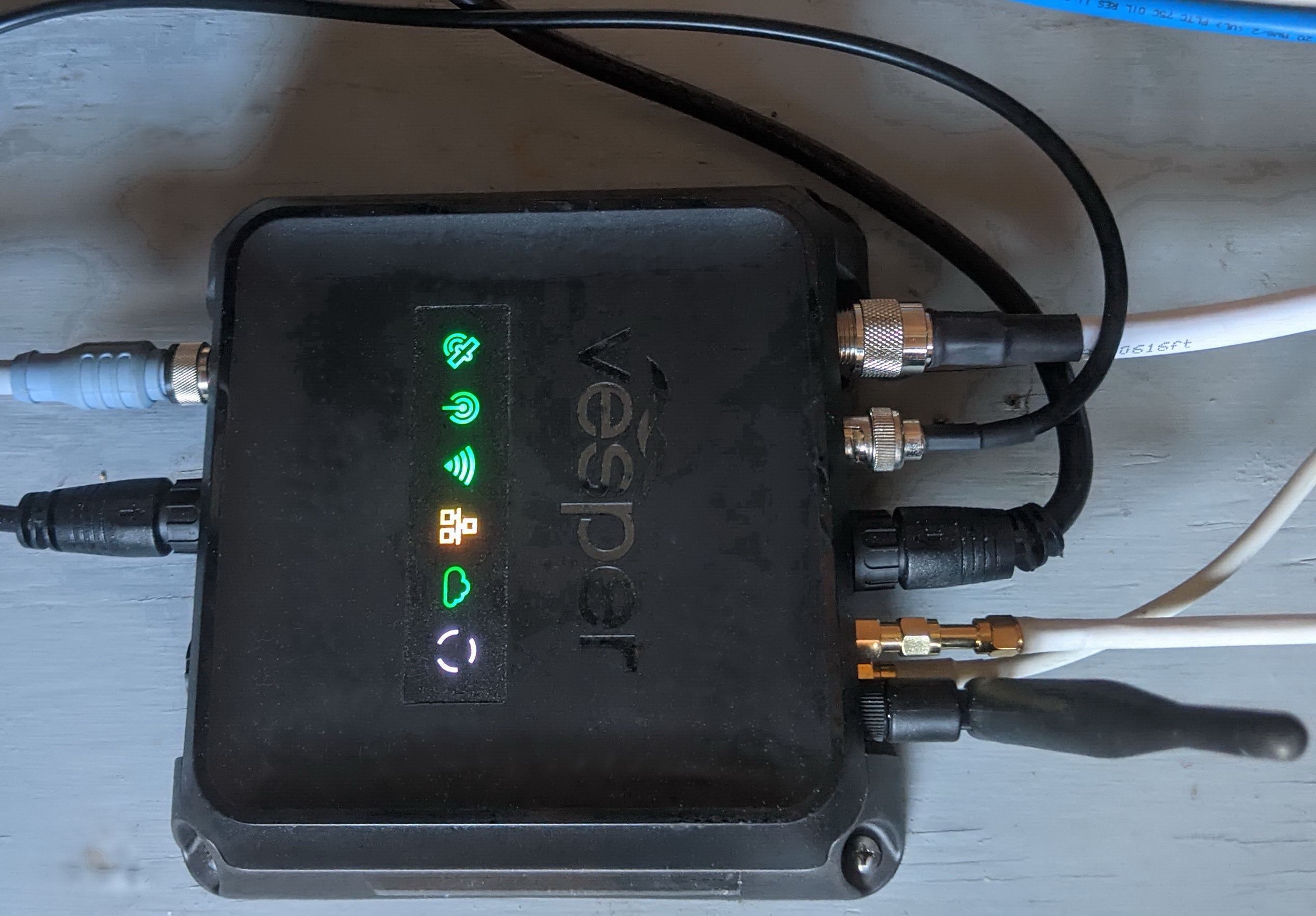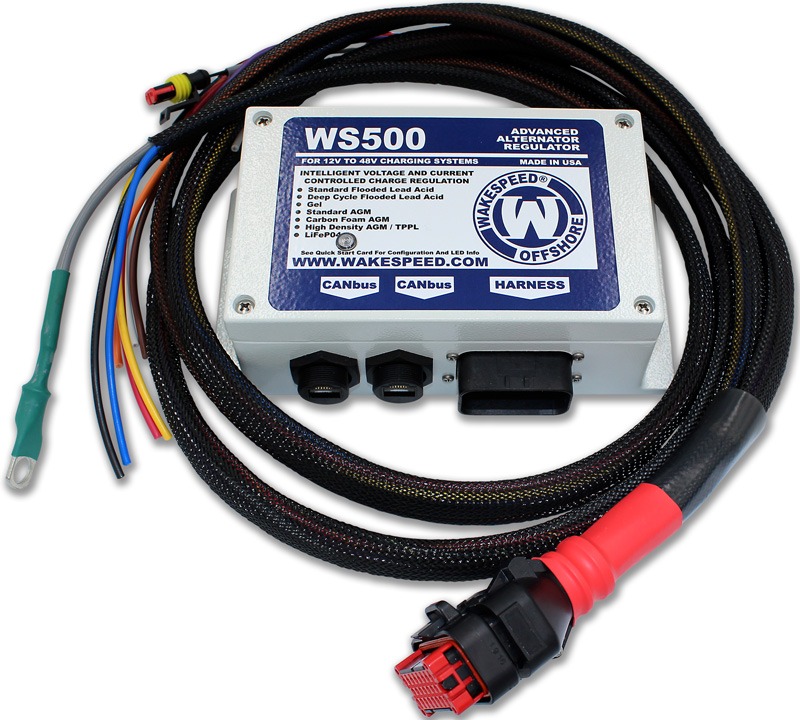Dinnteco America Announces Revolution in Onboard Lightning Protection Systems

New Gretna, N.J. – Dinnteco America, established leader in lightning protection technology, announced today its latest solution for the marine, military, energy and transportation industries – the Electromagnetic Charge Compensation Device (DDCE).
The DDCE is designed to prevent direct lightning strikes by gathering positive charges from its immediate environment, while also gathering negative charges from the clouds and air. The combined charges are then neutralized within the DDCE. By continuously repeating this procedure the surrounding atmosphere undergoes a 24/7 compensation process and the upward path required for lightning can no longer form – preventing strikes on both the device and the entire structure it protects.
“The consequences of lightning strikes to boat owners can be significant,” said Todd Tally, General Manager of Atlantic Marine Electronics. “Damage to a vessel and the expensive and complex marine electronics systems onboard can result in lost time, cancelled vacation plans and lack of charter income, not to mention the feeling of insecurity caused by a strike. Lightning coverage is available from select insurers at a premium but, in most cases because of the liability and the shrinking marine insurance marketplace, it is not even offered. The solution to these problems is now available in the form of proven and patented technology, and we are proud to offer the Dinnteco DDCE to the recreational and commercial marine markets.”
Designed to withstand the harsh marine environment, the DDCE’s construction combines stainless steel, polyoxometalates (POM) and saline to provide up to 100m protection and ensure long-lasting performance. Easy to install, the system ranges in size from 5.79 x 10.12 inches to 9.76 x 11.42 inches and weight from 5.4 to 14.37 pounds, meets all RoHS standards and is covered by a three-year warranty.
For more information on Dinnteco and its full line of products, please visit www.dinnteco.com.
Panbo publishes select press releases as a service to readers and the marine electronics industry. The release contents do not reflect the opinion of the editors and are not fact checked by the editors













The absolute most frightening experience on a boat for me was an overnight on a sailboat on the Sassafras river off the Chesapeake one summer night.
A lightning storm from Hell blew through and the lightning was horrific. Sitting in a boat with a 50’ lightning rod sticking up in the middle of a storm was beyond terrifying. A few boats around us in the anchorage were struck.
If this would mitigate the risk I may have slept that night.
Having spent my working life dealing with lightning at mountain- and building-top locations, I’m going to call snake oil. There would seem to be little difference between this device and other, similar ones making the same claims. I note that as of this morning, the main company website is down, and the American subsidiary is missing a number of “explainer” resources.
The problem with this approach is that there simply isn’t enough electrode area to conduct enough current fast enough to prevent a lightning leader from forming, which leads to a lightning stroke. I have seen this sort of device installed on lightning-prone mountaintops, and they made no difference whatsoever in the number and severity of lightning strikes on their sites. Often, the company installing these systems also installs a bonding system – which DOES make a difference, then claim the device made the improvement.
Long ago, Roger Block (then the owner of Polyphaser) made the offer to install, gratis, a lightning strike counter on any subject tower so that an objective study could be made of these devices – none of the then-extant companies took him up on it, which is telling to me.
Yes, lightning is terrifying to a boat owner (especially a sailboat owner!) and there are some very good (albeit somewhat arduous to retrofit) methods to reduce the risk of catastrophic damage in the event of a strike – but IMHO, there is no technology that will “prevent” a strike from happening.
Hartley
S/V Atsa
Hi Hartley,
I can certainly appreciate your skepticism and I have been at a point to share similar viewpoints when I began investigations into this space, and their certainly are sub par, what appear to be similar solutions. I just visited the Dinnteco website and it was working, so maybe give that another try. https://www.dinnteco.com/ In addition, if you would like to send me your contact info to [email protected] i can send you some independent white paper and other technical information which is not generally available on the website.
V/R
Todd
I’m in Panama. Last summer there were three boats here with this system installed that were struck by lightning with significant damages. One of the boats, after an extensive refit that included installing a new DDCE was struck a second time shortly after. That is proof that these cannot and do not prevent lightning strikes. Whether they decrease the probability or help to mitigate severity can be debated, but not whether they prevent strikes.
Is this the same type of system that is used by Euthalia? I talked with them at a trade fair, they claim this system is since long proven to work on buildings and they adapted it for yachts. https://www.euthalia.com/en/boat-lightning-protection/